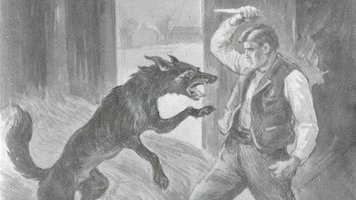2. It was far from the first “loup-garou” to terrorize Quebec. There’d been sightings of werewolves in New France since the 1600s.
The werewolves must have come over from France on the ships with the first French settlers. Or, at the very least, the stories about them did.
The werewolves must have come over from France on the ships with the first French settlers. Or, at the very least, the stories about them did.
3. France had been fighting a werewolf epidemic since the late 1400s, and the earliest stories appeared two centuries before that. People were regularly tried, convicted & burned at the stake.
You can still find werewolves staring down at you from some French cathedrals...
You can still find werewolves staring down at you from some French cathedrals...
4. Quebecois werewolves were doomed to transform every single night — not just with the full moon — for as many as 101 nights in a row.
Some said it was a punishment from heaven for not going to church. And that only an exorcism, a blow to the head, or bloodshed could cure it.
Some said it was a punishment from heaven for not going to church. And that only an exorcism, a blow to the head, or bloodshed could cure it.
5. And it wasn& #39;t just werewolves.
While most victims did transform into wolves, other people were doomed to a fate much less cool. There were reports of weredogs, werecats, wereowls, werecows, wereoxen, and werepigs.
While most victims did transform into wolves, other people were doomed to a fate much less cool. There were reports of weredogs, werecats, wereowls, werecows, wereoxen, and werepigs.
6. The loup-garou of 1767 had already been stalking through the colony for years. The Gazette’s first report came the previous summer.
In June, the beast was spotted outside the stone walls of Quebec City. It had disguised itself as a beggar in order to better stalk its prey.
In June, the beast was spotted outside the stone walls of Quebec City. It had disguised itself as a beggar in order to better stalk its prey.
7. The most recent sighting suggested the werewolf was heading in the direction of Montreal. The newspaper warned its readers to be careful:
“It is recommended to the Public to be as cautious of him as it would be of a ravenous Wolf.”
“It is recommended to the Public to be as cautious of him as it would be of a ravenous Wolf.”
8. The paper claimed the loup-garou might even be as dangerous as the infamous Beast of Gévaudan: an actual, real life wolf — or pack of wolves — estimated to have killed about 100 people in southern France during that same period.
9. People would later claim the Beast of Gévaudan was brought down by a hunter who shot it with a silver bullet.
And the werewolf of Quebec City wouldn’t be easy to kill, either...
And the werewolf of Quebec City wouldn’t be easy to kill, either...
10. According to the Gazette, in the fall of 1767 the people of Quebec organized a campaign of attacks against the beast terrorizing their colony.
11. That October, they set their “animals” upon the werewolf — presumably their dogs — over and over again, seriously injuring the “monster.”
12. The climax came on November 3, when “he received such a furious Blow… that it was thought they were entirely delivered from this fatal Animal as it soon Time after retired to its Hole, to the great Satisfaction of the Public.”
It seemed as if the terror was finally over.
It seemed as if the terror was finally over.
13. But the victory against the werewolf was short lived. Just a few weeks later, the monster was back. And now, it was angry.
14. In early December, the Gazette reported: “This Beast is not entirely destroyed, but begins again to show itself more furious than ever and makes terrible [havoc] wherever he goes.”
15. The Gazette gave a chilling warning: “Beware then of the Wiles of this malicious Beast, and take good Care of falling into its Claws.”
But that, it seems, is the last of the Gazette’s reports about the werewolf of Quebec City. It disappears without a trace.
But that, it seems, is the last of the Gazette’s reports about the werewolf of Quebec City. It disappears without a trace.
16. So maybe it was nothing but rumours. Or a rabid wolf that was eventually killed without fanfare.
Or maybe you’d prefer to imagine the loup-garou is still alive out there somewhere, stalking through the countryside and cities of Quebec.
Or maybe you’d prefer to imagine the loup-garou is still alive out there somewhere, stalking through the countryside and cities of Quebec.
Thanks so much for reading! I originally created this thread for @thisiscanadiana: a documentary web series on the hunt for the most incredible stories in Canadian history.
Follow us over there for more tales about our country& #39;s past.
Follow us over there for more tales about our country& #39;s past.

 Read on Twitter
Read on Twitter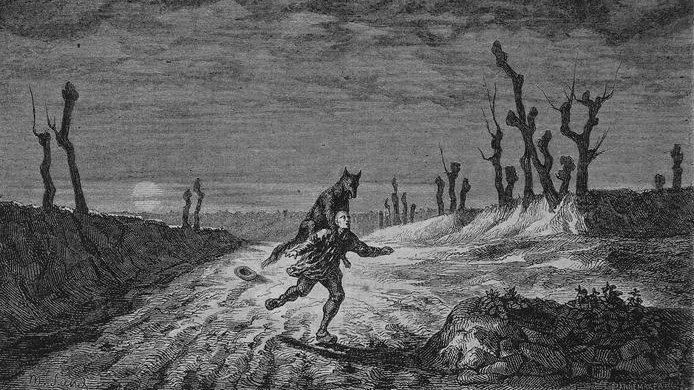
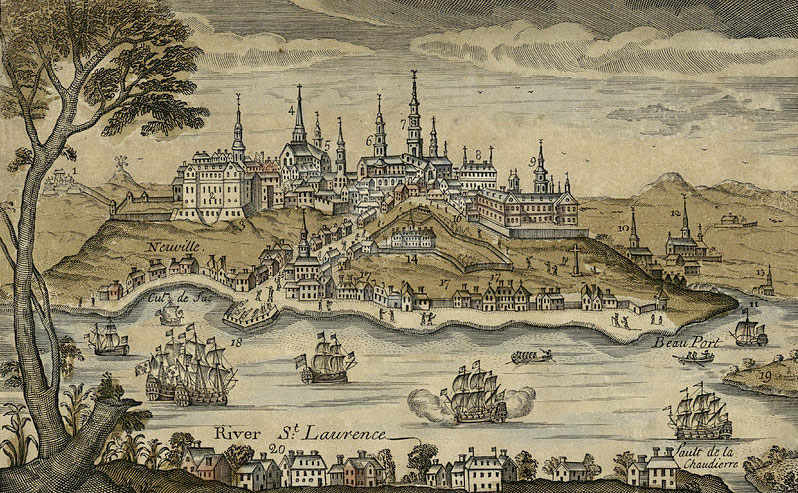
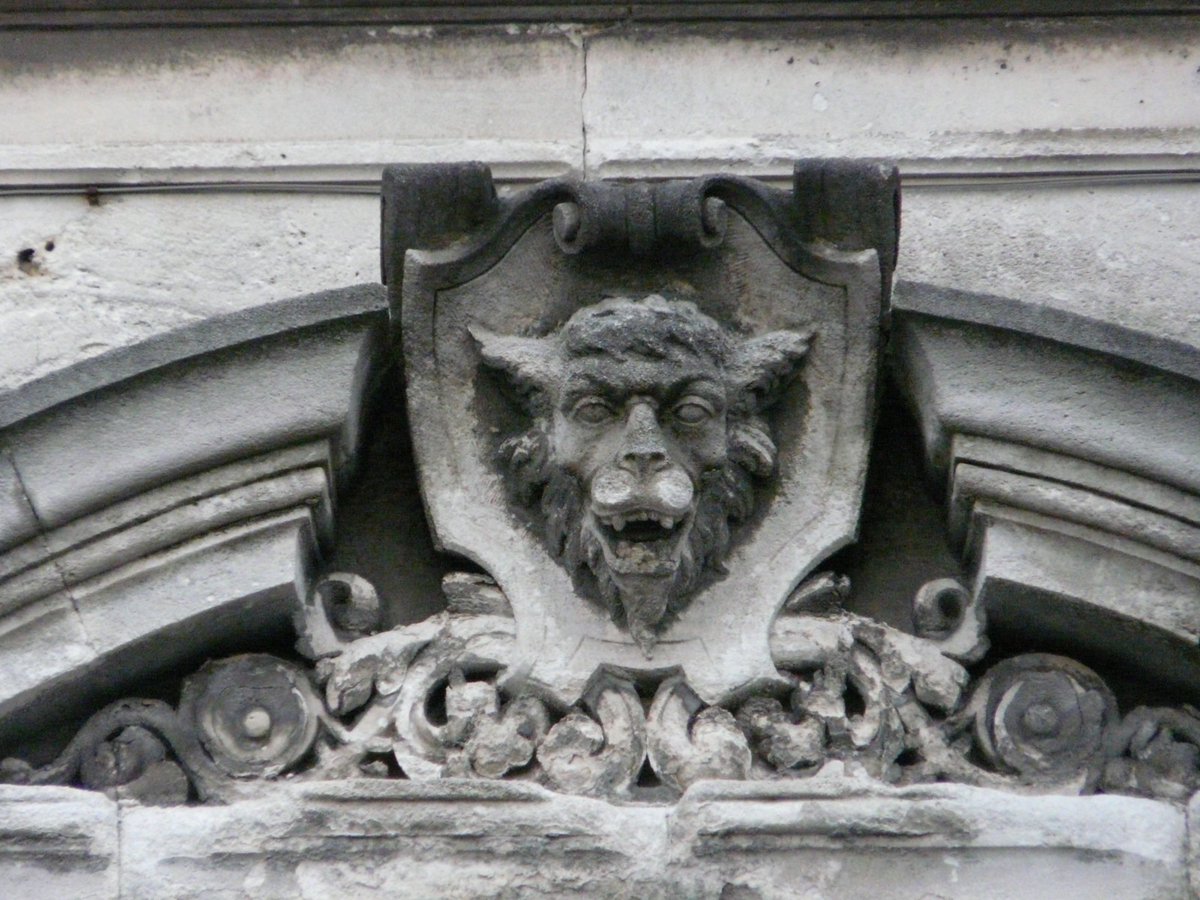

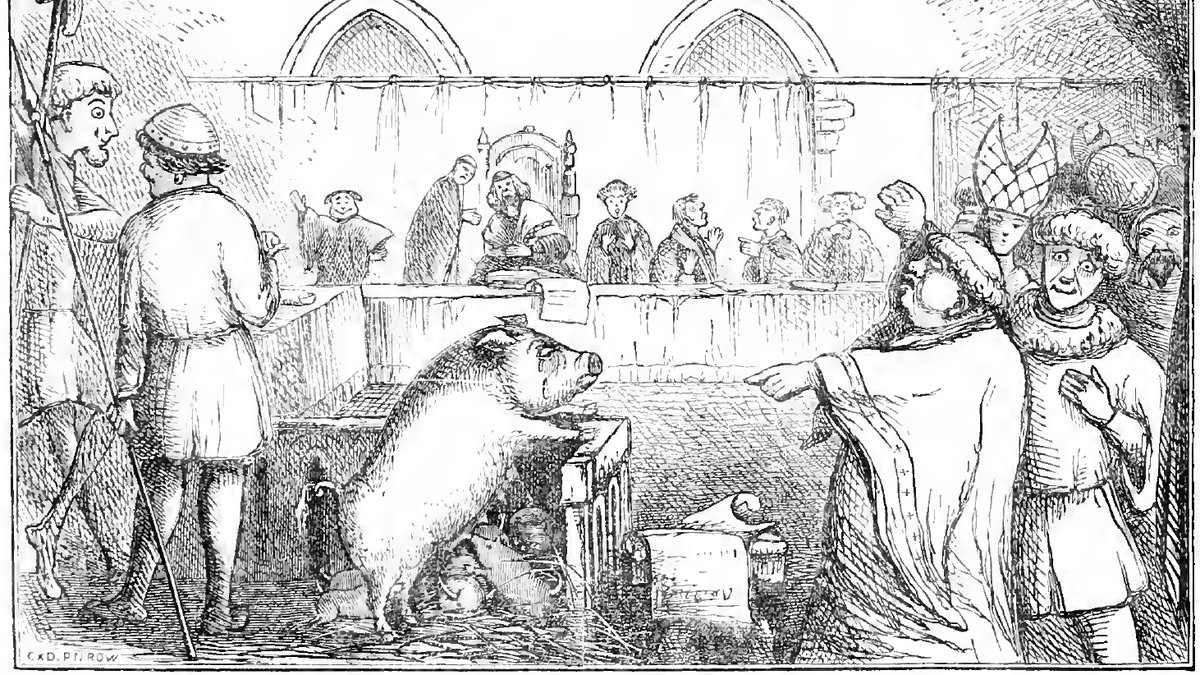
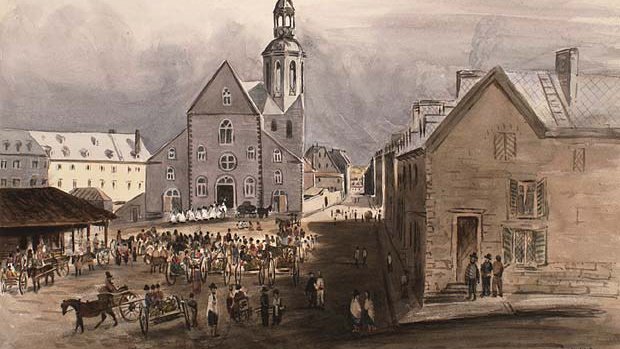
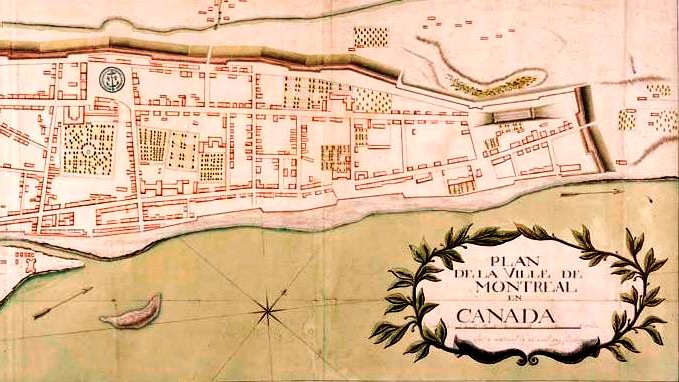
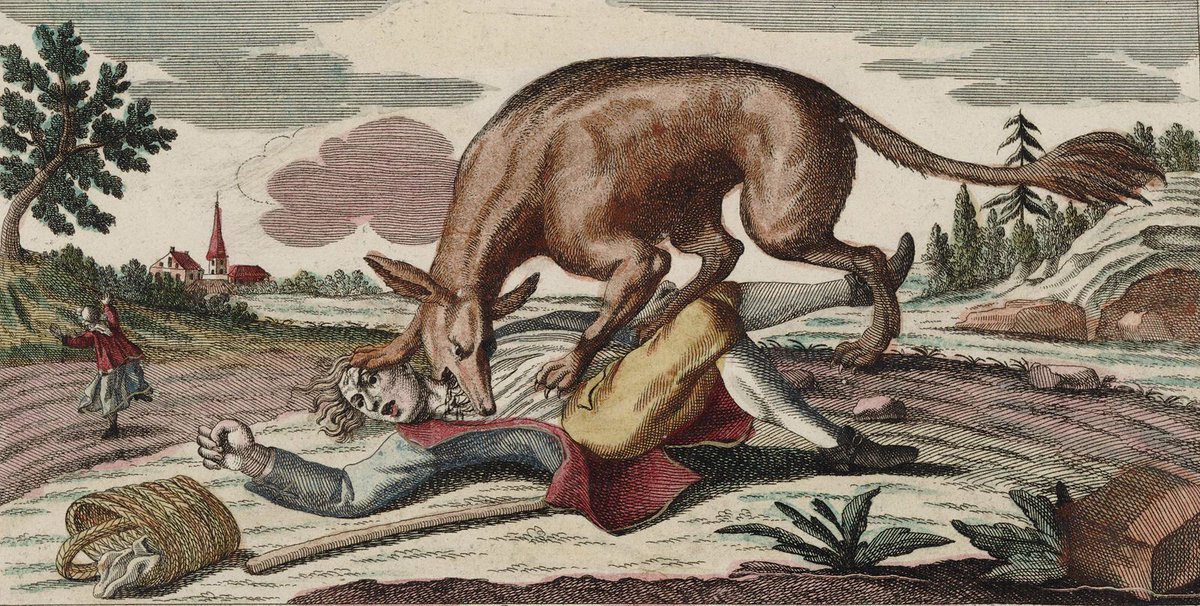
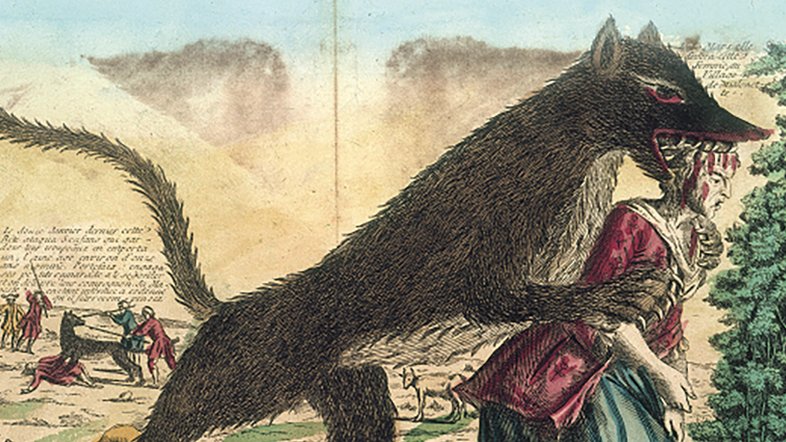
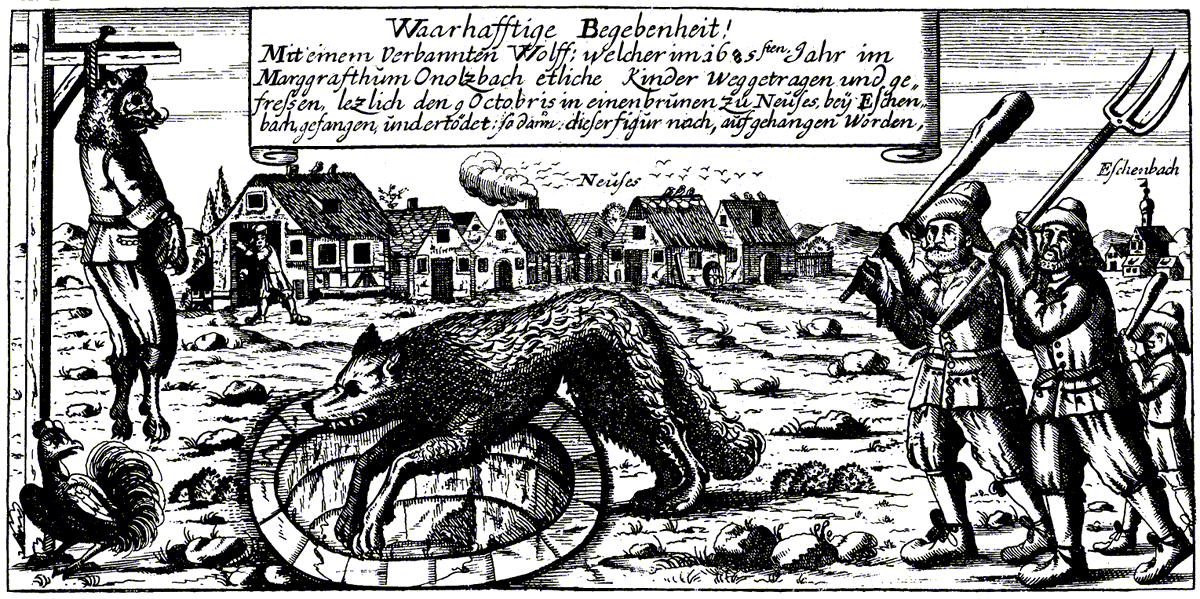
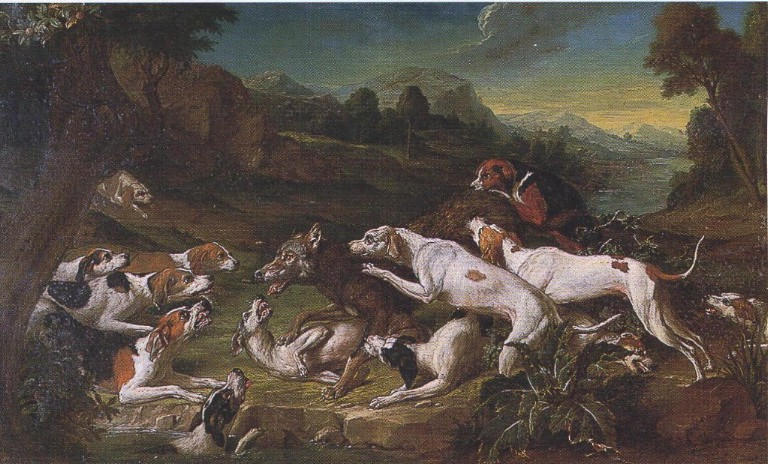
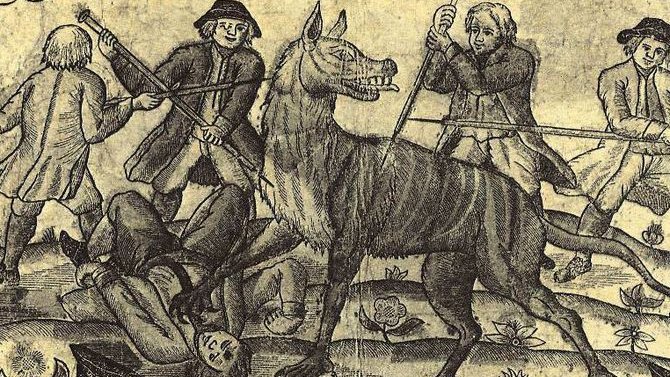
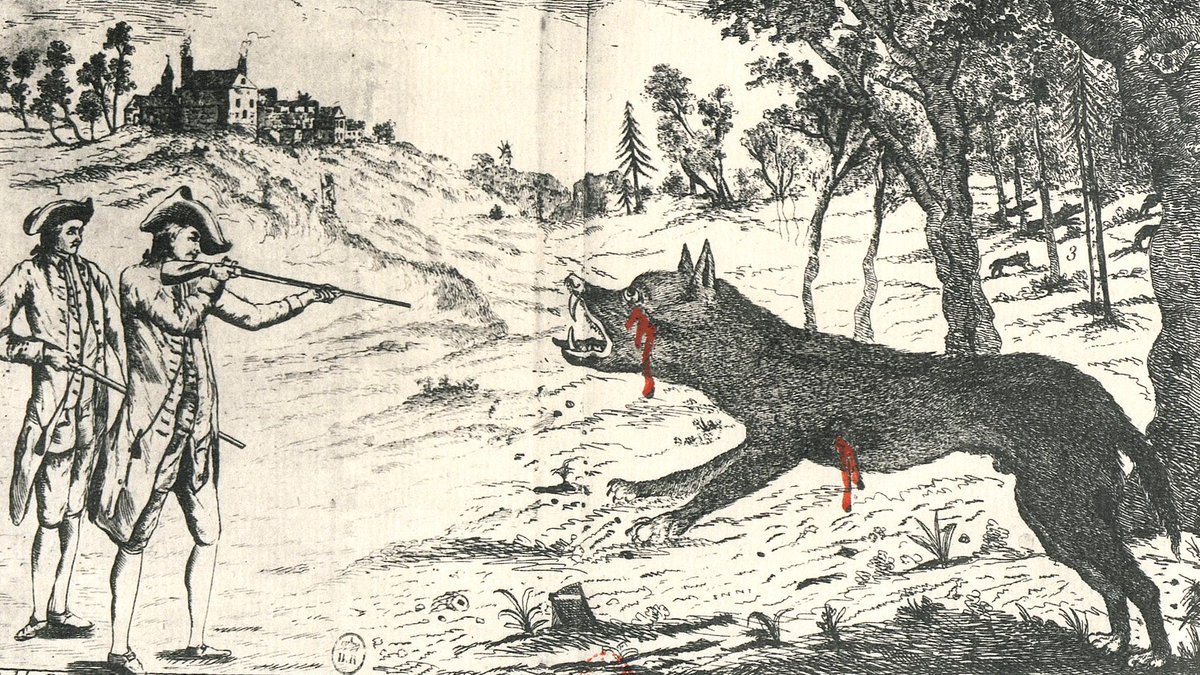
![14. In early December, the Gazette reported: “This Beast is not entirely destroyed, but begins again to show itself more furious than ever and makes terrible [havoc] wherever he goes.” 14. In early December, the Gazette reported: “This Beast is not entirely destroyed, but begins again to show itself more furious than ever and makes terrible [havoc] wherever he goes.”](https://pbs.twimg.com/media/Elmdi0zXYA89uKJ.jpg)

